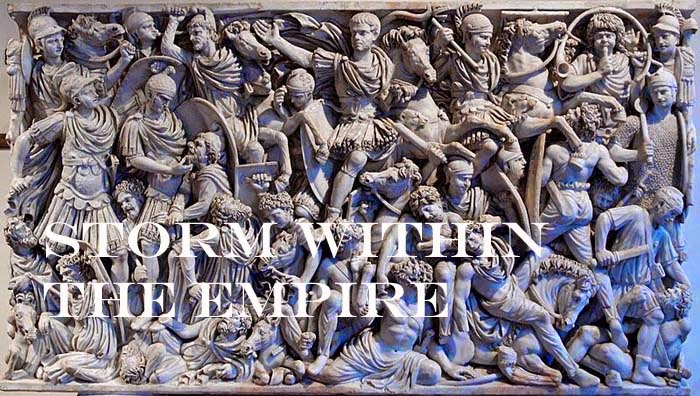One of the nice aspects of creating this campaign is
the discovery of lesser known information of everyday life of the late medieval
period. Researching for this topic, travel by land or water slowly built up
files about horse breeds, carriages, Water Boards (waterschappen), toll ways,
piracy, guild system and more.
Over Land
By the Late Medieval period, roads between commercial
centers were better maintained and supported by levying tolls or pavage. A pontage,
would allow usage of bridges along the route. The advantage to this, one could
use wagons to haul goods and depending on the cargo an armed escort could be
chartered to protect valuable goods moving between centers. Away from the “road”
network, goods moved over tracks using pack horses. All, were not without risk.
Moving livestock to market, farmers made use of drover’s roads; wide enough to accommodate the movement of flocks or herds and with ample grazing on either side.
If medieval man needed to travel longer distances
overland, the horse (hackneys) remained the best form of transportation. There
is much discussion about which were the better breeds to ride, but the fact
remains a variety were needed when a noble and his entourage went visiting his
estates. With a shortage of suitable inns, supplies needed to carried on the
backs of pack horses (sumpters).
Over Water
Since our campaign centers on realms within the Holy
Roman Empire, travel by water meant along the waters of the North and Baltic
Sea or by the great rivers. With the exception of the Danube, the majority of
rivers within the Empire flowed in a north-south direction. The variable depth
of rivers sometimes meant using a combination of water and land routes necessary.
As with roads and bridges, one could expect to pay tolls for stretches of
waterway between towns to offset the cost of clearing debris, soundings made,
and the maintenance of canals, dikes and the like.
By the start of the 15th century, ship and
boat types remained for the most part cogs, hulks and barges. Shape had not
changed much, but the addition of a rudder and a second or third mast helped
improve the use of ships for commerce. More on this topic when I describe the
roll the Hanseatic League played during this time.
The Perils of
travel
Other than bandits and pirates that prowled the seas
and land, there were the added danger of natural predators; wolves, wild boar, and
bears. Traveling in company with an armed escort helped deter impromptu attacks
from small numbers of outlaws, but this period was also rife with nobles waging
their own level of banditry with their well-armed retinue.
For the Game Table
In the campaign, Storm Within the Empire, scenarios
can be generated to play out banditry or plunder raids using fewer number of
elements. These can be interesting as if successful can bring a degree of
economic discomfort by the losing side, which in turn may escalate to a force
of arms.
There are sufficient numbers of wagons, civilians and
animals to bring life to the game table. What I do lack at the moment are naval
items; cogs, boats, barges, harbours and fishing villages. Added to the project
list.
Cheers,




No comments:
Post a Comment